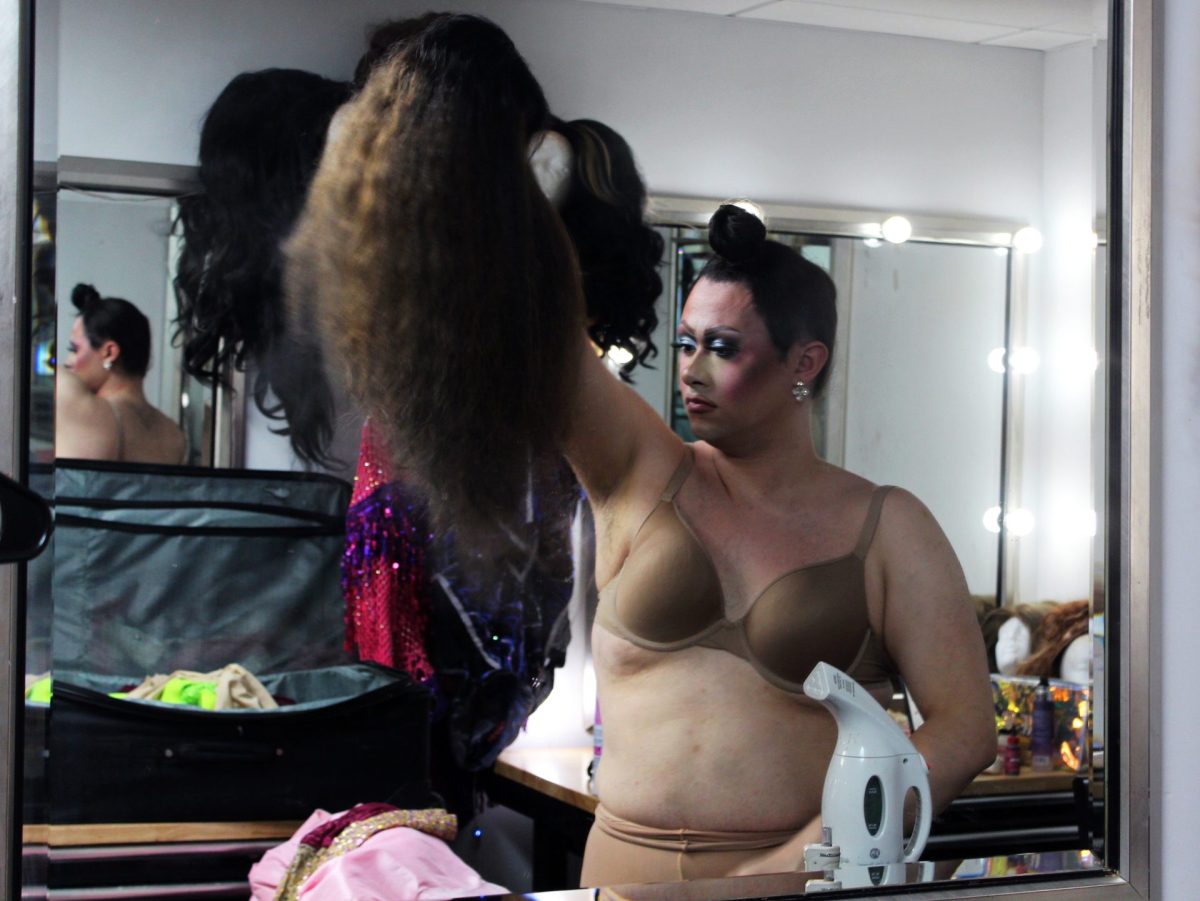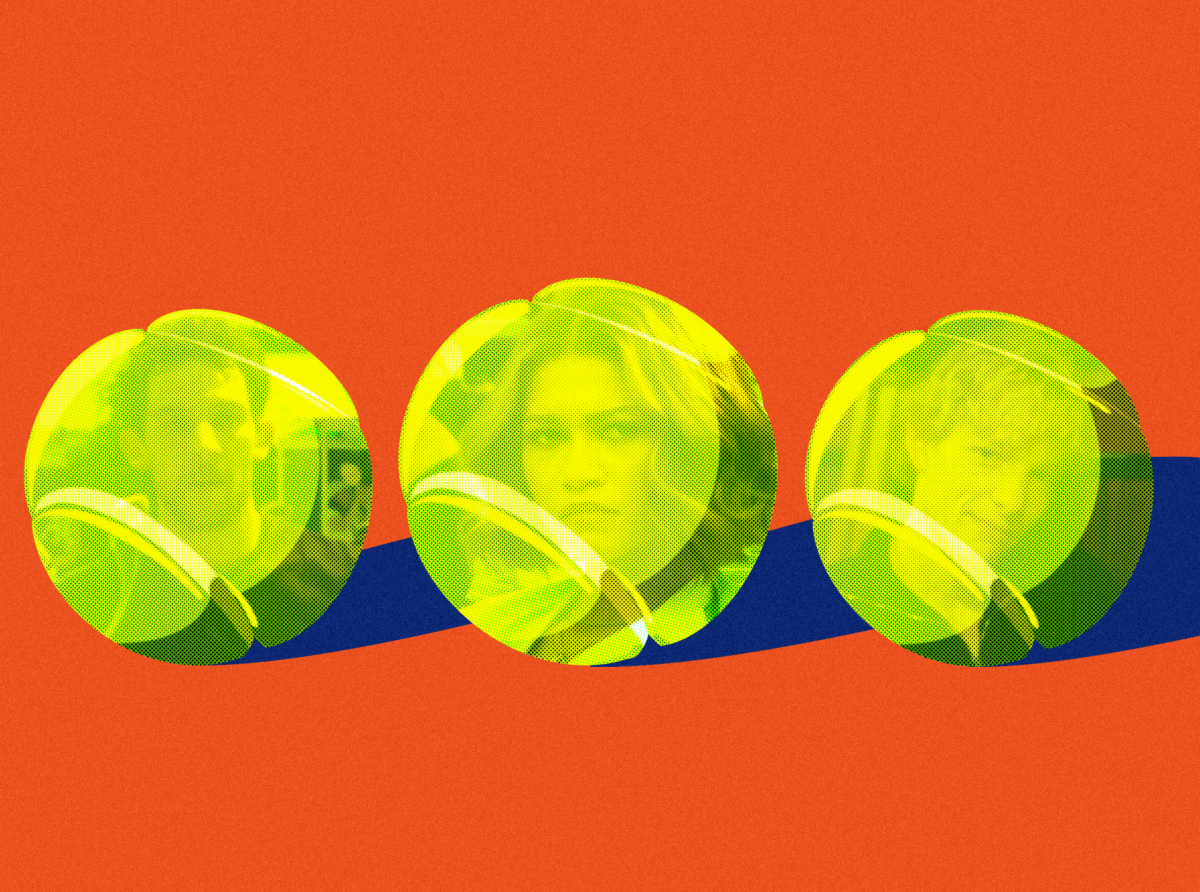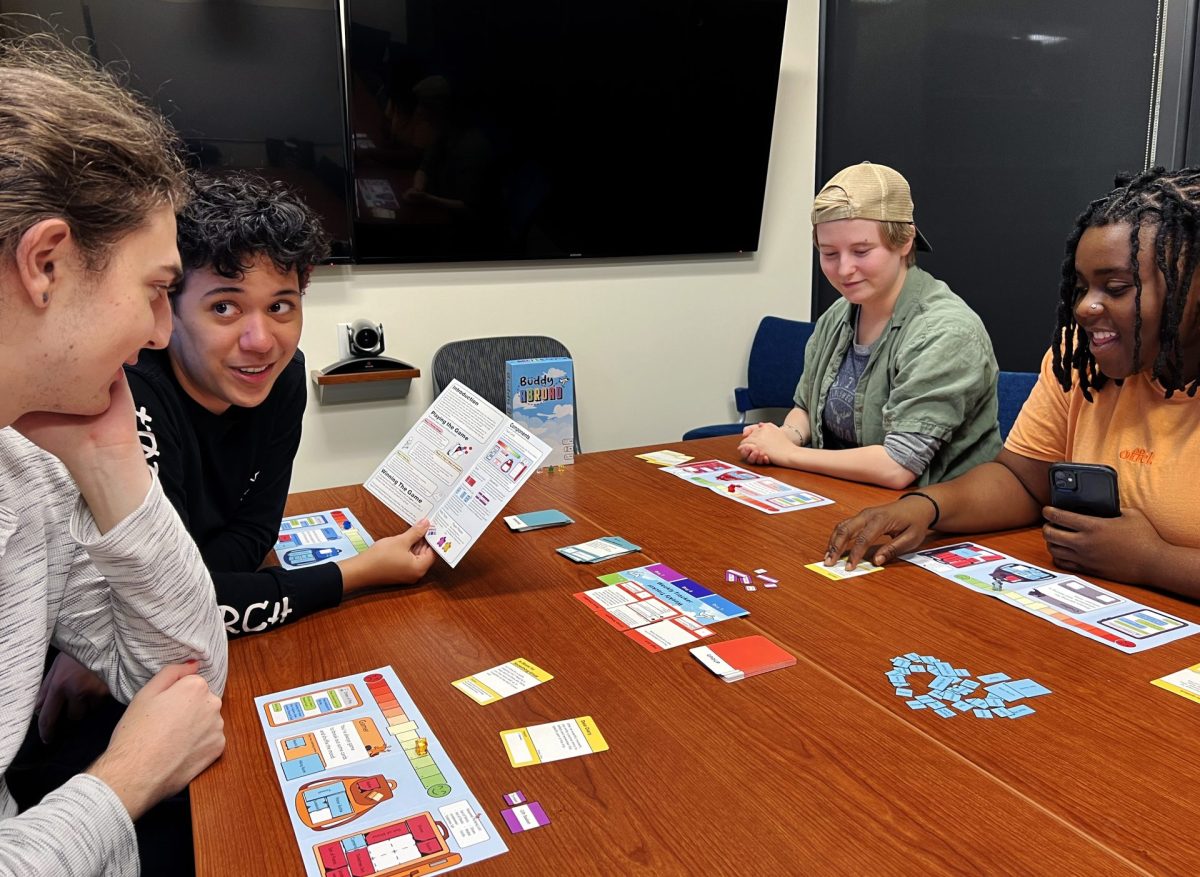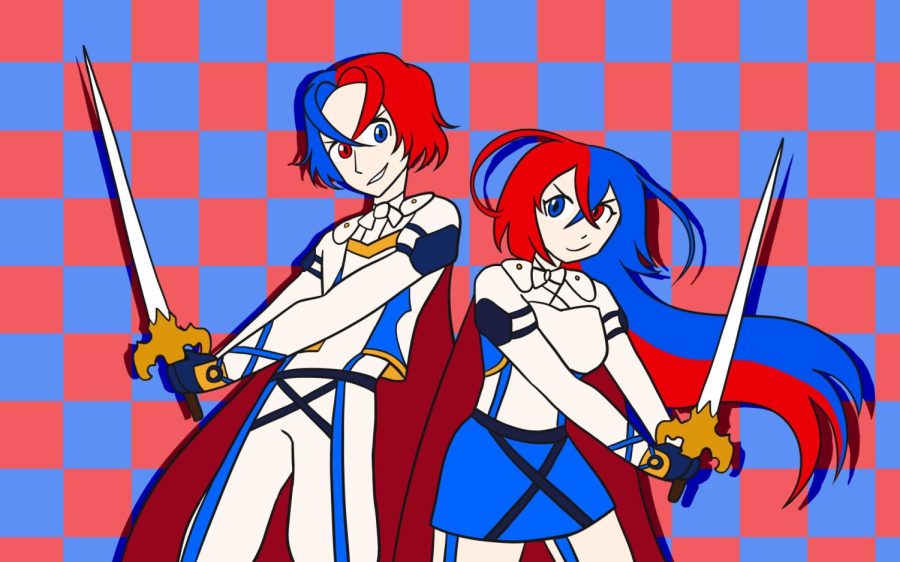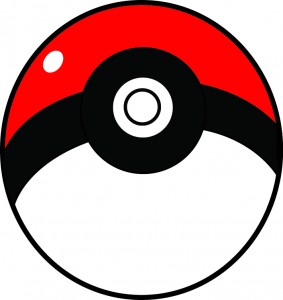
Sixteen years ago, America’s children were taken by storm by the catchphrase, “Gotta catch ’em all.”
In a time where the schoolyards were bustling with the likes of Tamagotchi and “Digimon,” Nintendo took their 2-year-old popular pocket monsters brand in Japan, localized it and unleashed a media phenomenon with games, a morning cartoon and several lines of toys and clothes. Those of us going through school in the late ’90s and early ’00s likely remember the mini-black markets of Pokémon cards stowed in binders. (Want this Charizard? It’ll be three pizza slices and some milk, at least.)
But like the Tamagotchis, Furbies and Beanie Babies, it was expected to come and go, giving way to the next big toy fad. What’s a Yu-Gi-Oh? A Beyblade? Can someone explain to me a Skylander?
Except, Pokémon hasn’t quite faded off. What started with 150 monsters — 151 for those in the know — has exploded to 721 different Pokémon, three of which are currently unreleased, and at least 15 different movies, a massive trading card game still in publication tandem to the video games and the animated series well into its 17th season. And there are no signs of stopping.
Launching Nov. 21 are the Nintendo 3DS remakes to the Game Boy Advance’s “Pokémon Ruby Version” and “Pokémon Sapphire Version,” titled “Pokémon Omega Ruby” and “Pokémon Alpha Sapphire.” Nintendo also announced that Japanese arcades will be getting a sort of hybrid fighting game of Pokémon and Tekken called “Pokken.”
So what makes Pokémon special? Why has its legacy endured well after its initial storm? It may have to do with the game’s easy to approach playing style. “The key concepts you need for any game was easy to learn, easy to pick up, but difficult to master. And you want it to have repeated game value or repeat play, and that play has to be different each time you play it,” Ed Keenan, a game development instructor at DePaul’s College of Computing and Digital Media, said.
“The key concepts you need for any game was easy to learn, easy to pick up, but difficult to master. And you want it to have repeated game value or repeat play, and that play has to be different each time you play it,” Ed Keenan, a game development instructor at DePaul’s College of Computing and Digital Media, said.
“One of the things that you see in video games is if there’s a pattern and people can learn that pattern, the game’s suddenly not fun. You need to have that randomization; you need to have that interaction between things.”
The story for the games has remained constant: you set out from your hometown with your starting Pokémon on a quest to collect eight gym badges, and on the way you wind up saving the world by dismantling a team of bad guys mimicking the mafia, environmental extremists or a bizarre Japanese dance group. By the end of the journey, you’re the best trainer in the land.
For some, though, that’s where the game really begins.
This summer, Nintendo hosted its annual Pokémon National Championship round in Indianapolis, bringing together some of the nation’s very best players who raised very powerful teams of Pokémon. The company also touted that this national championship was the largest yet with a combined 2,166 entrants playing the video game and the card game. Of those entrants, 800 were registered to battle for the title of National Champion. The events drew hundreds of thousands of viewers to its Twitch.tv streaming page as well.
Competing at this level requires far more work than simply beating the game. This is in part to a meta-game implemented by developer GameFreak that ensures that no two Pokémon are alike. Using hidden stats, the strength of a Pokémon is randomized when encountered. However, with breeding and battling, players can maximize these stats, creating a sort of digital thorough-breeding that would rival dog shows across the nation.
“The ultimate end goal is to play these competitive matches, which involve a lot of mind games and prior game knowledge,” Samuel Newman, a CDM graduate student in computer game programming, said. “There’s a whole lot of switching in and out. So you’re constantly trying to guess if you want to switch or use your next fighter, or even use your next move which is super effective.”
In essence, competitive Pokémon takes the game’s rock-paper-scissors- type mechanic, which equates to something like grass beats water, which beats fire, which beats grass, and slaps on a game of mental warfare akin to the likes of chess, only far less complex. This level of play is not for everyone because of the work needed to even compete at the bare minimum, let alone remembering the table of the game’s 18 types and their strengths and weaknesses.
“In order to play this at this level, you need to do these kinds of min-maxing, playing a role-playing game, with the effort values and individual values. But creating these Pokémon to fight for you, working for and getting that final product is satisfying,” Newman said. “Similar to how you would do that in any other role playing game. You quest and you level to perfect your character, and it’s satisfying.”
With Pokémon showing no signs of slowing down, Nintendo reapplied the initial marketing slogan from when the brand took off after letting it lose prominence around 2003. A slew of other side titles under the Pokémon brand such as Pokémon Art Academy, which released Oct. 24, are set to for release, as well. The card game is also getting yet another expansion under the current X and Y branding, and the TV show continues to air the misadventures of Ash Ketchum — still 10 years old after all these years.


